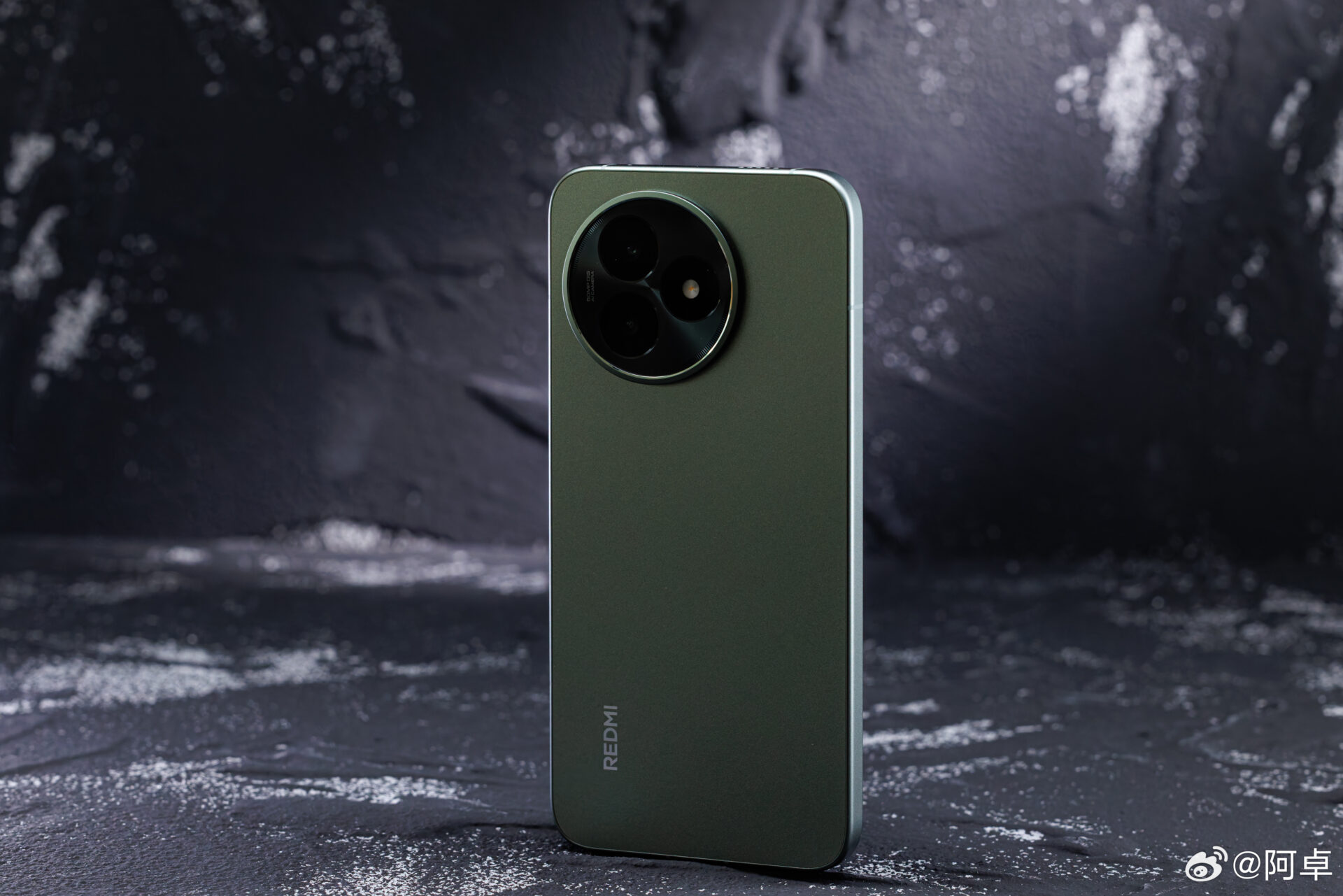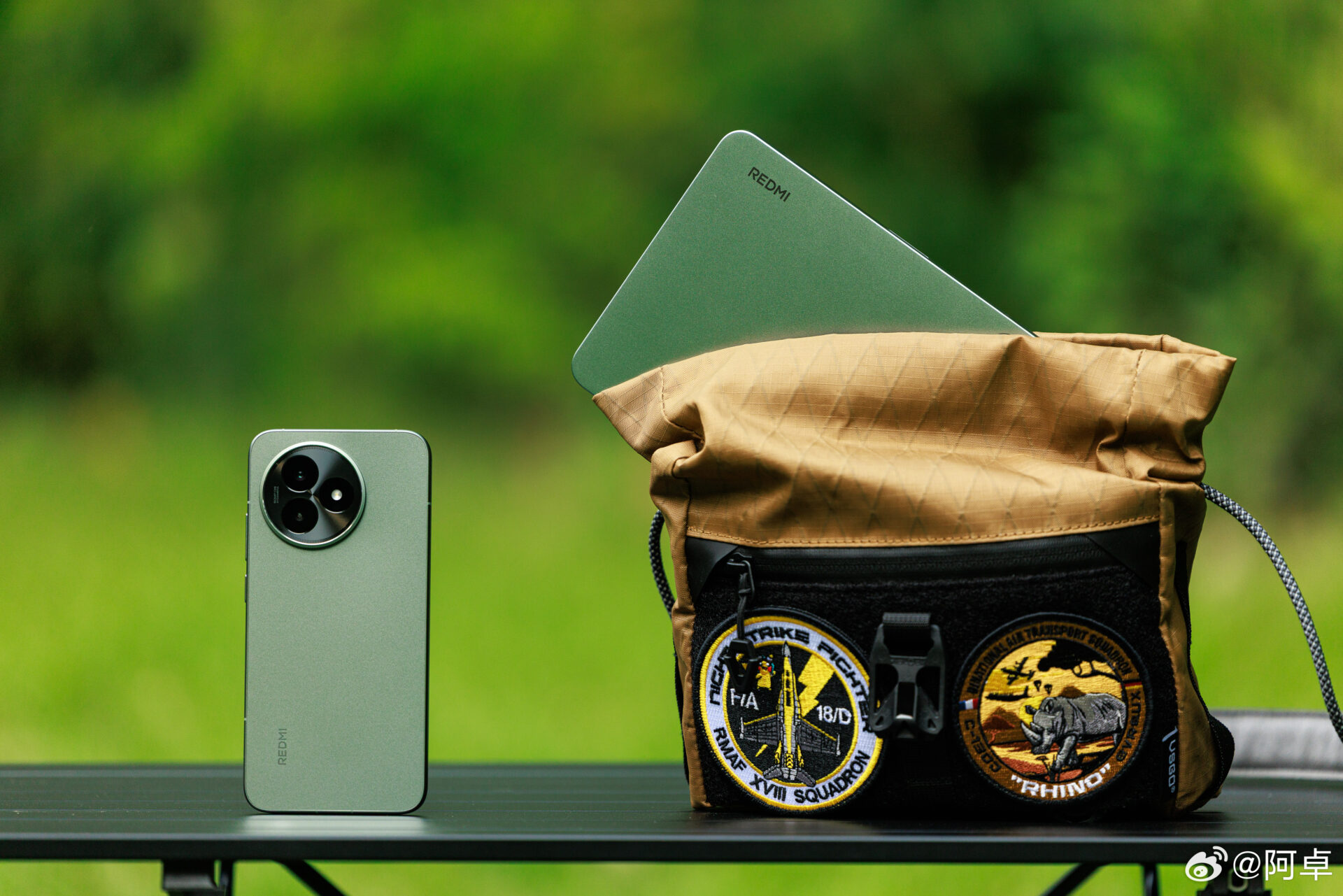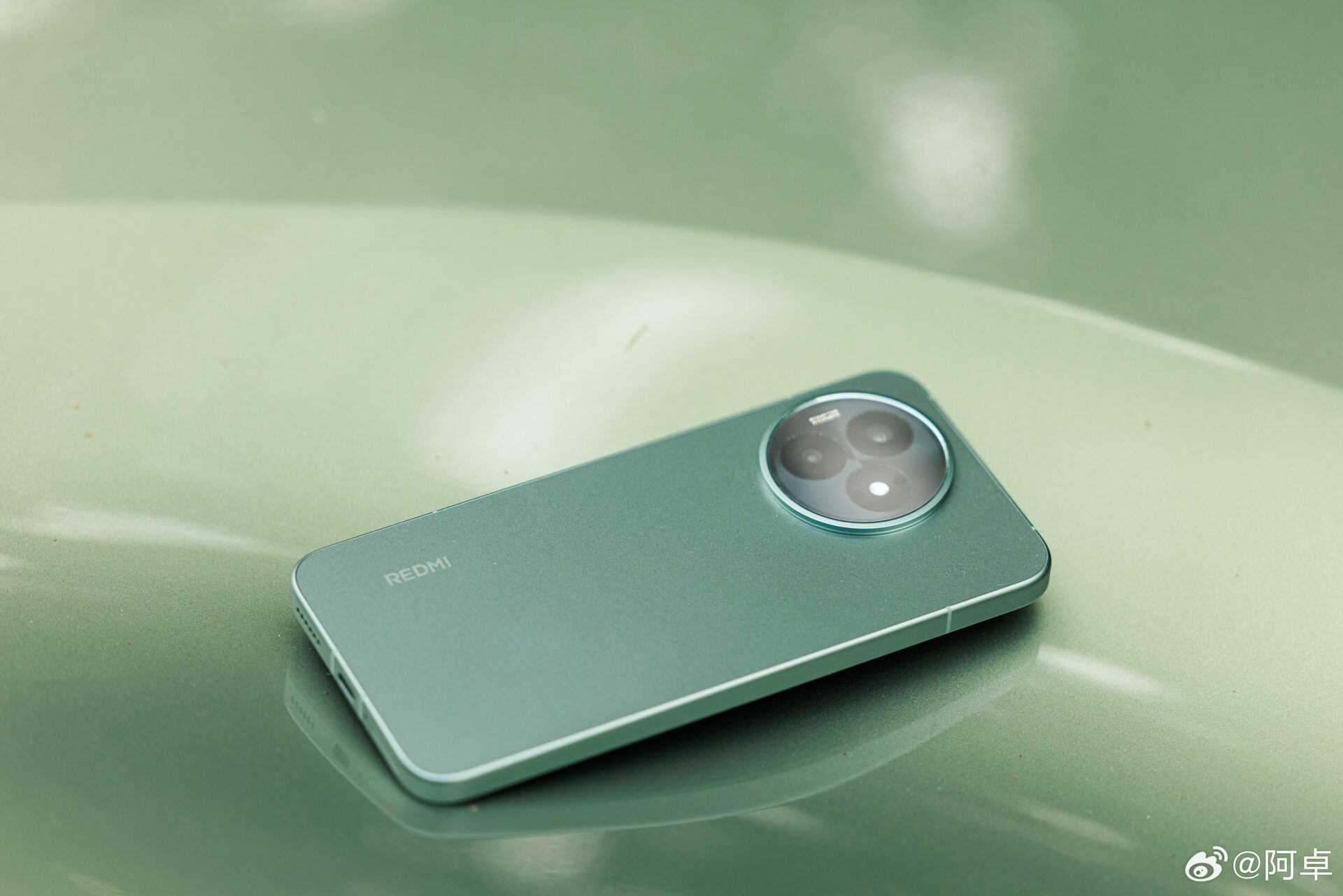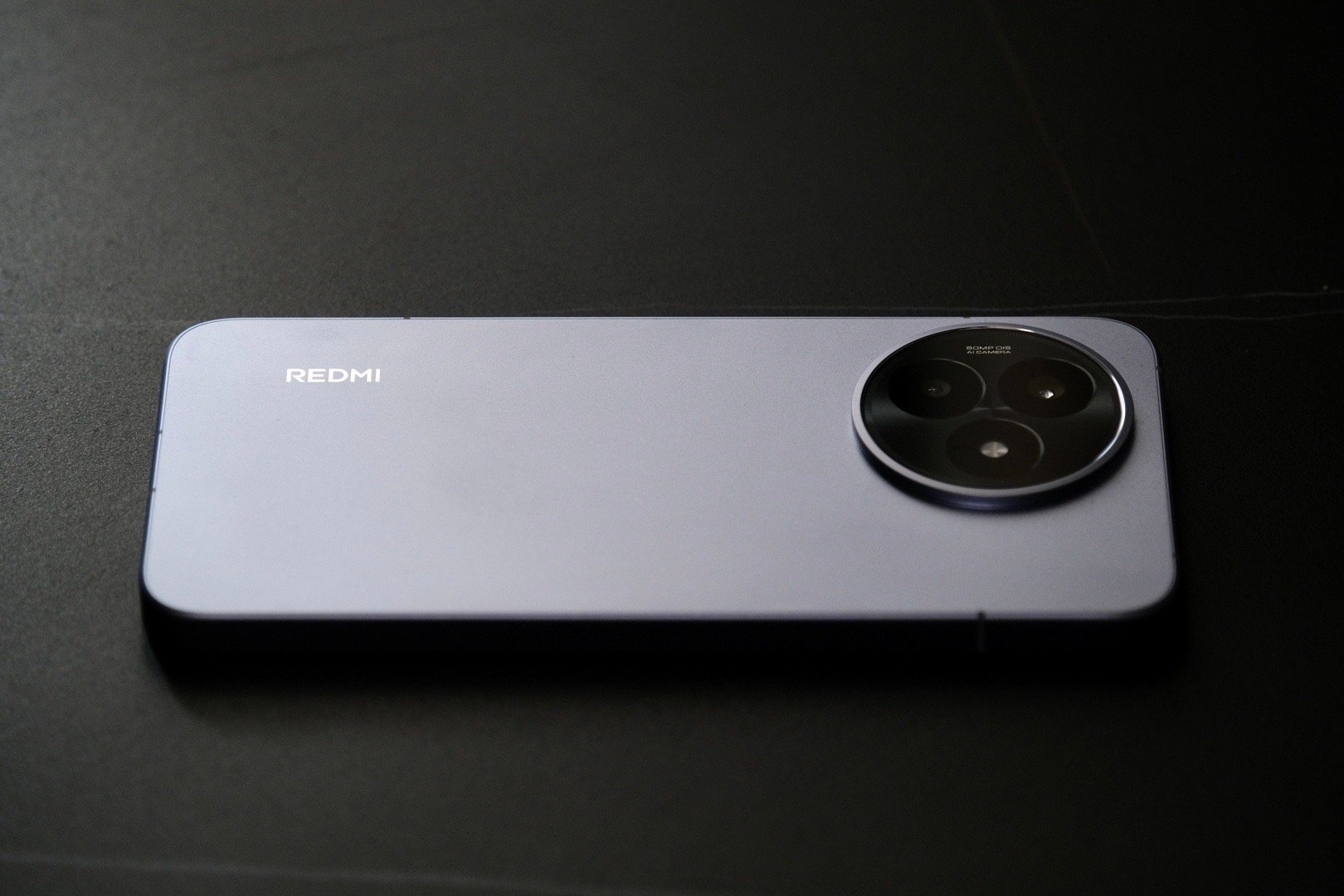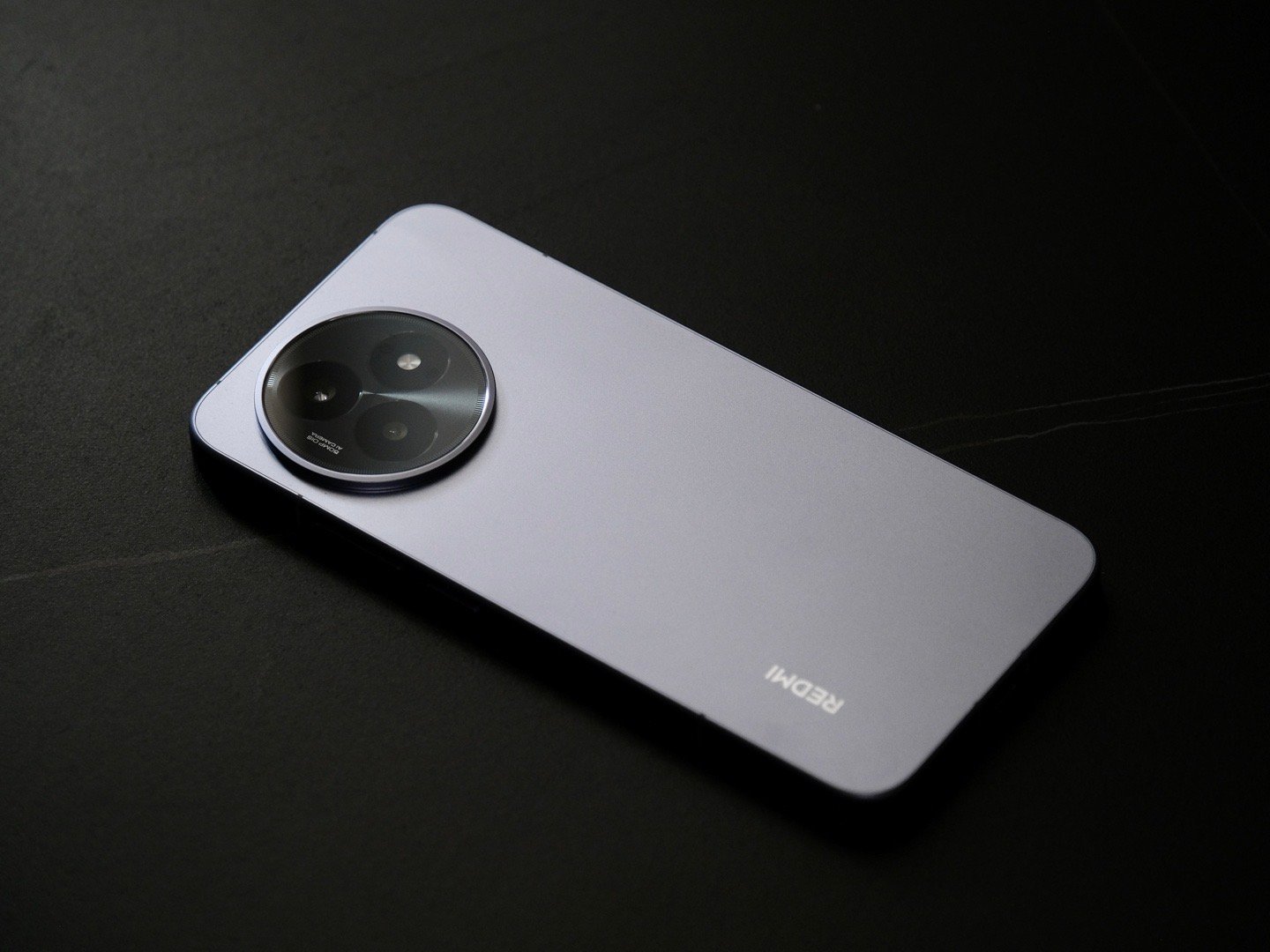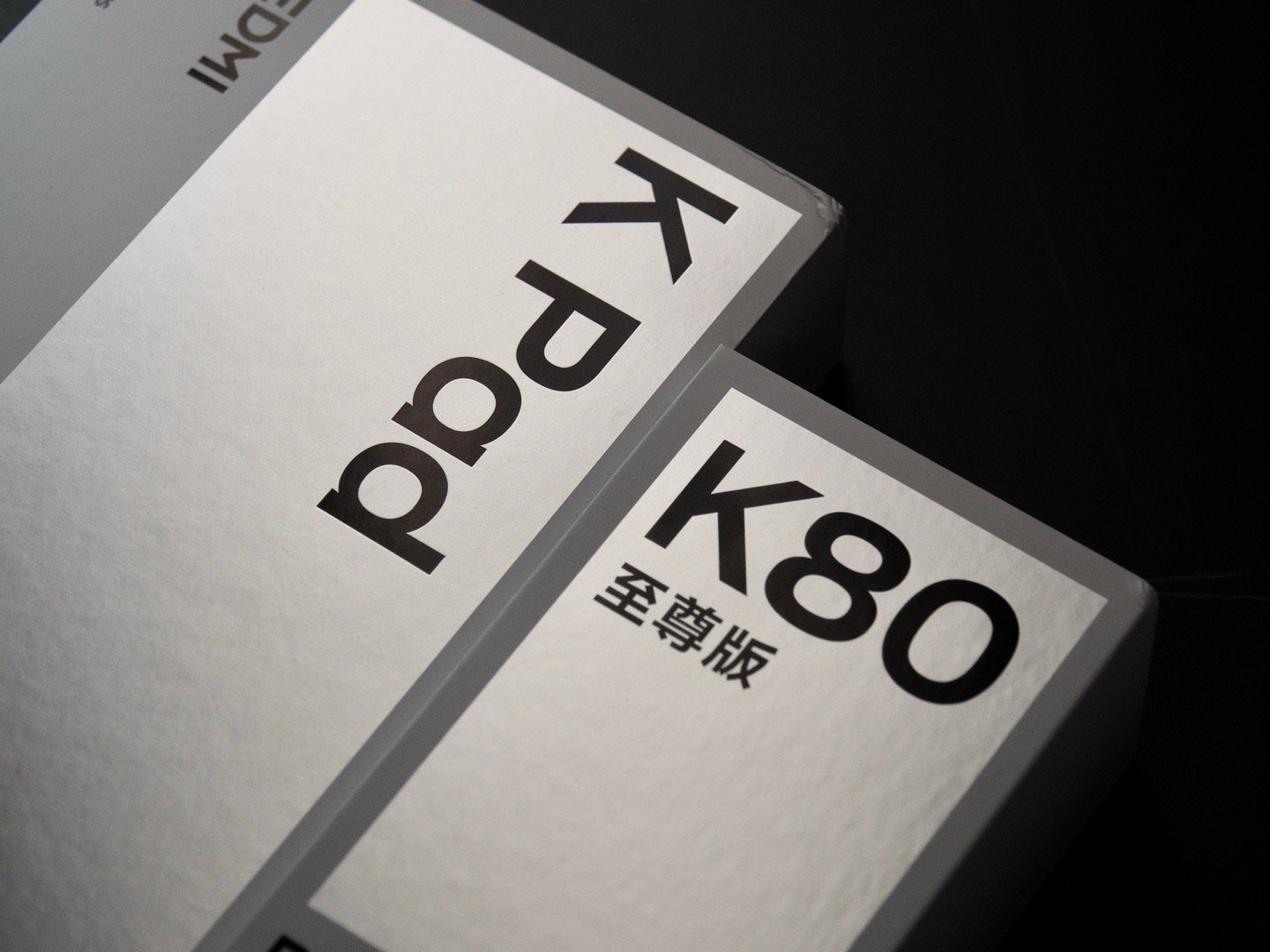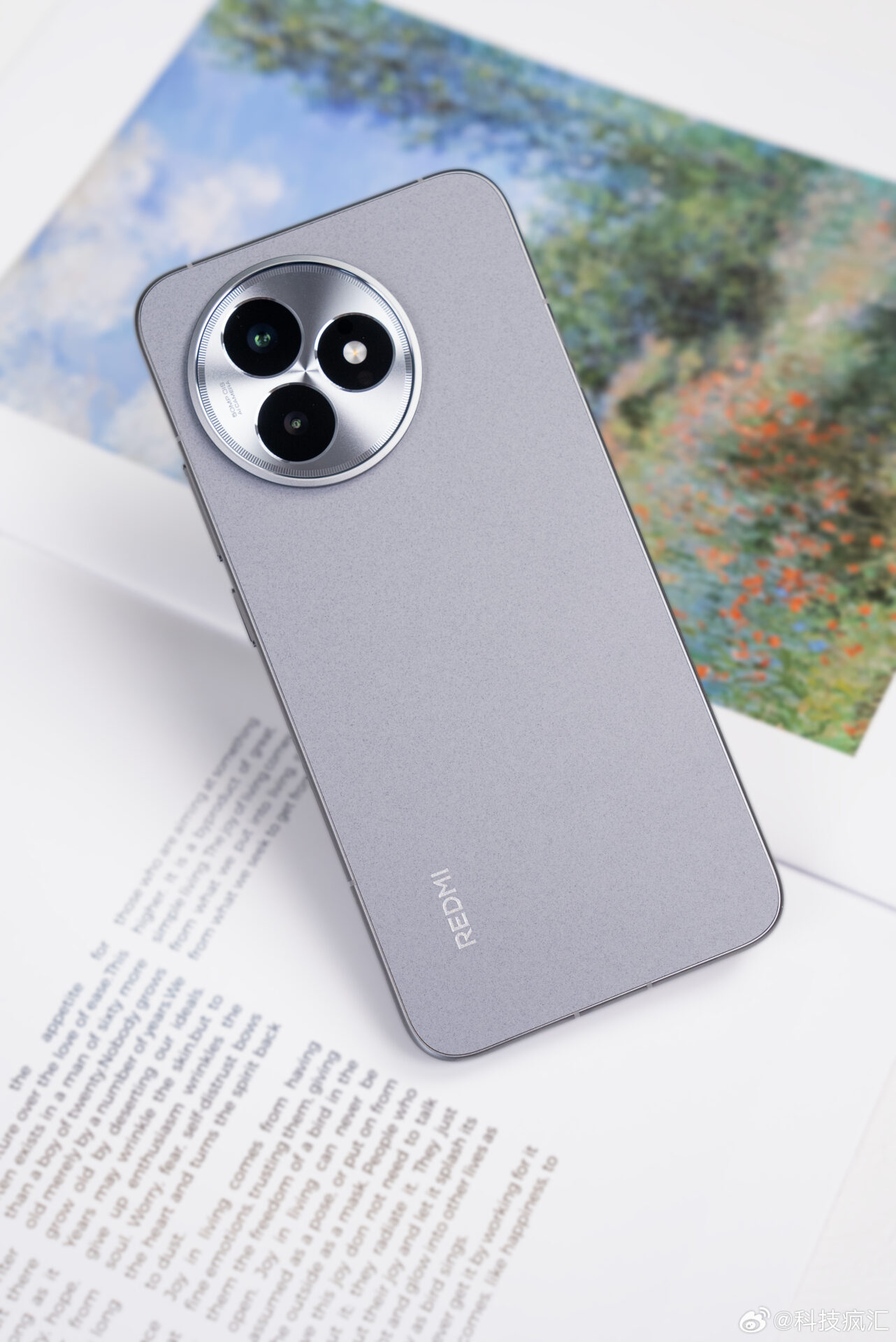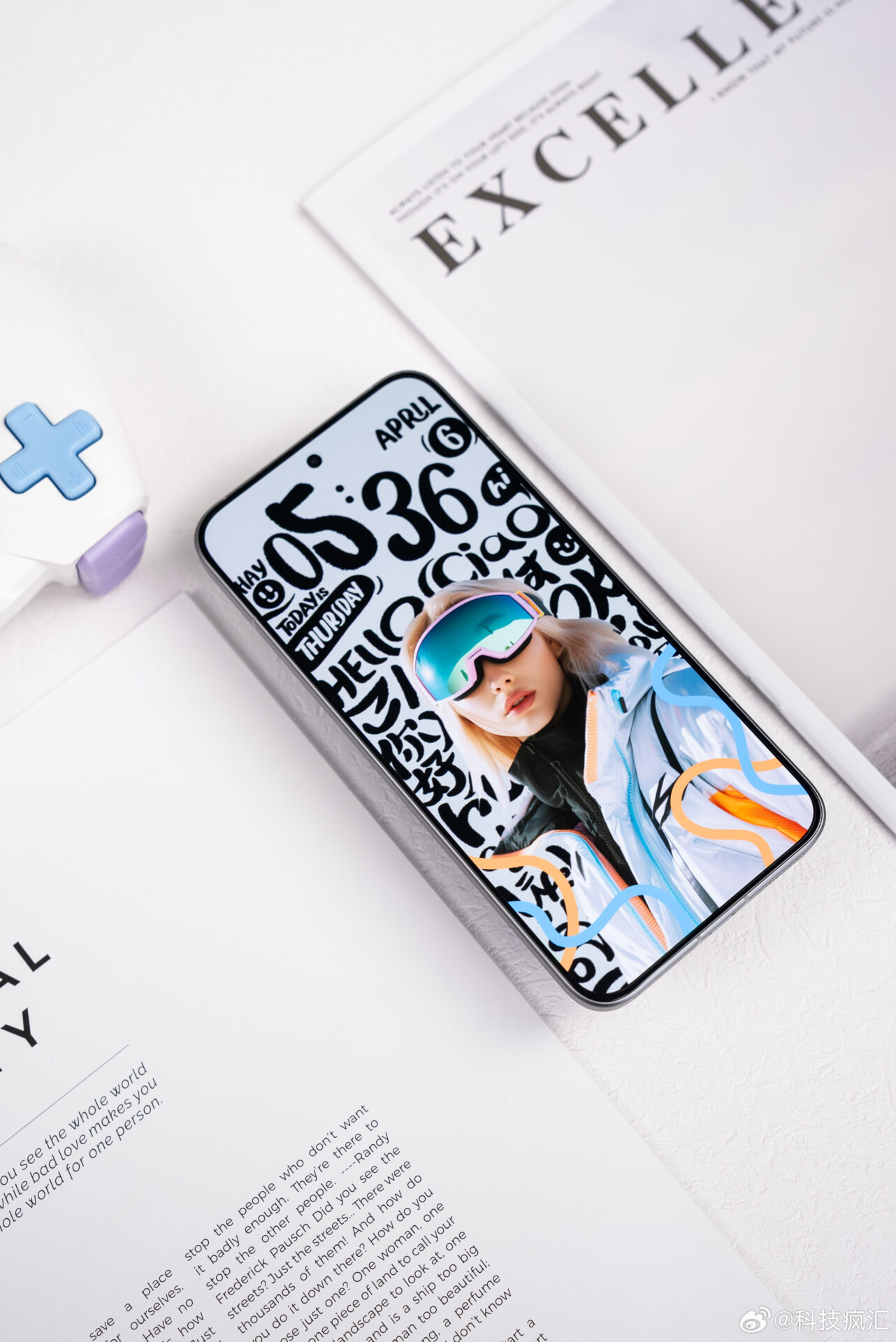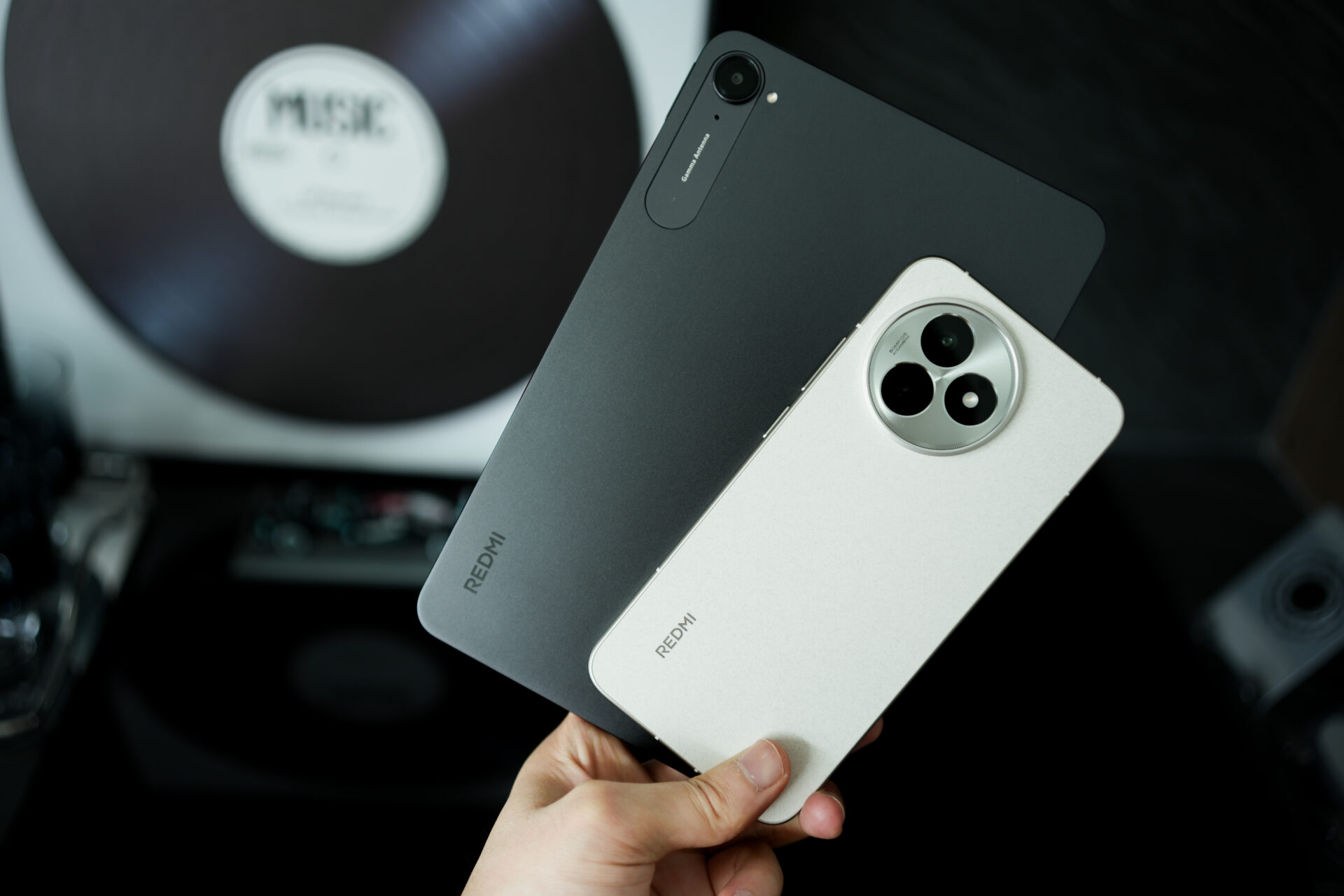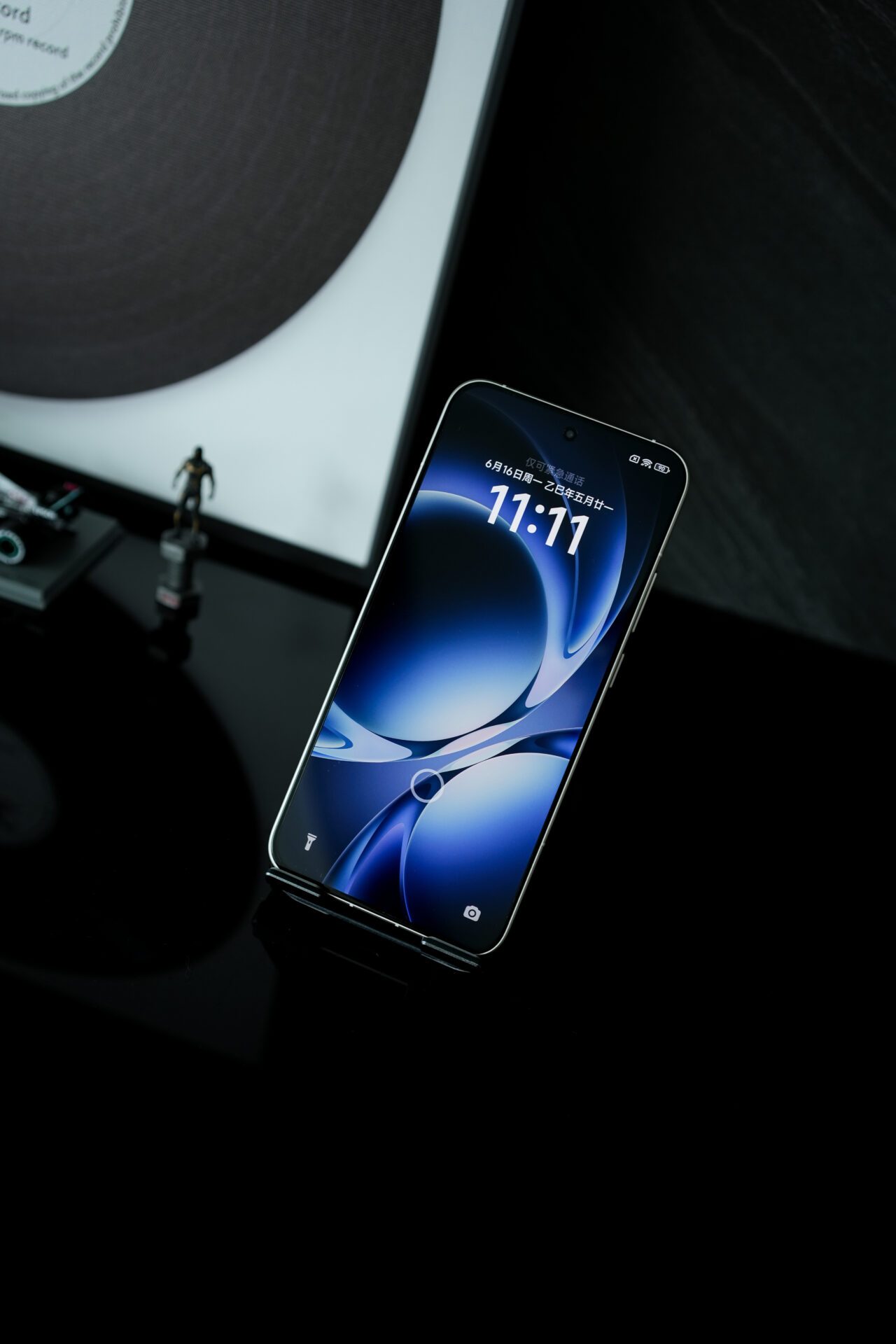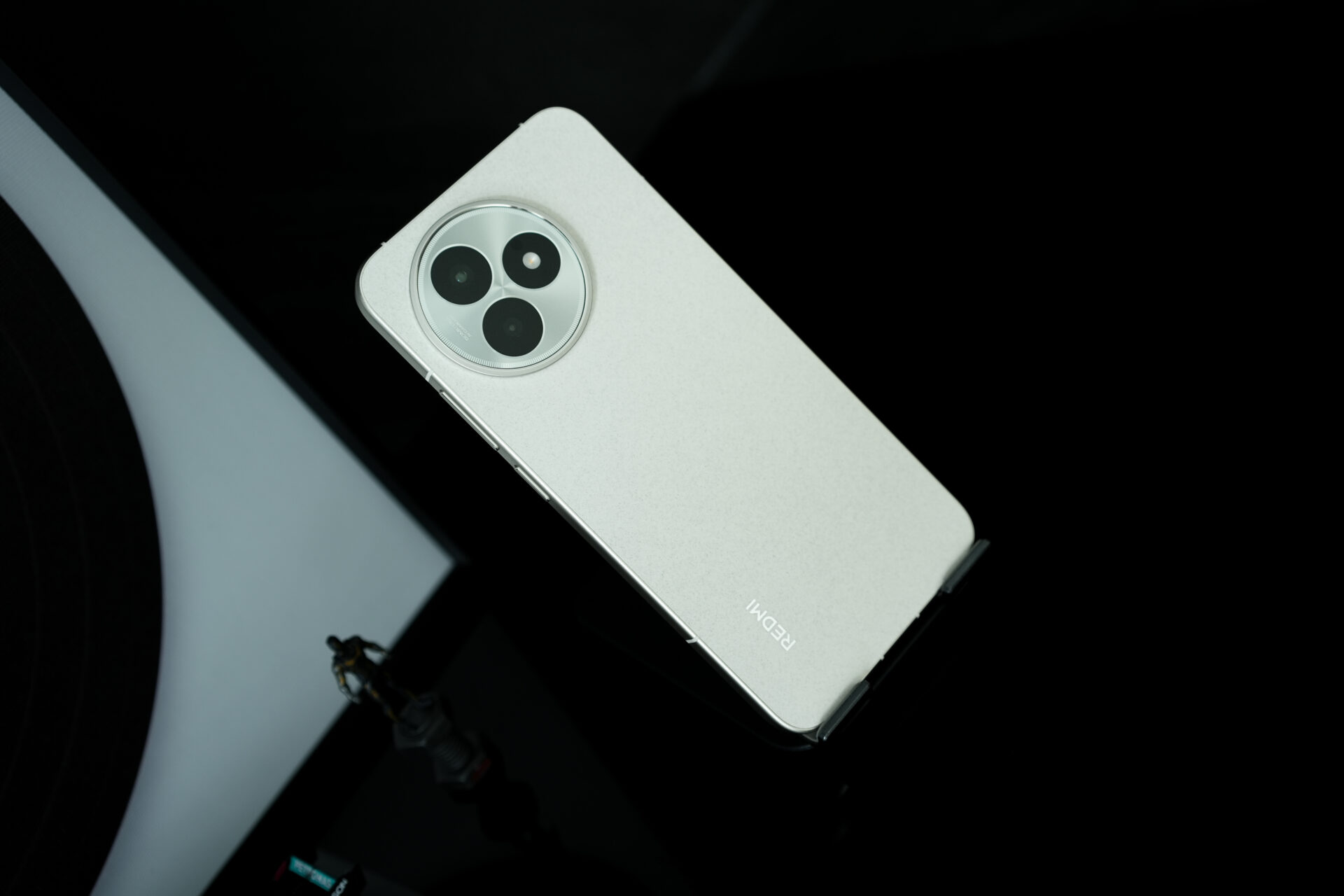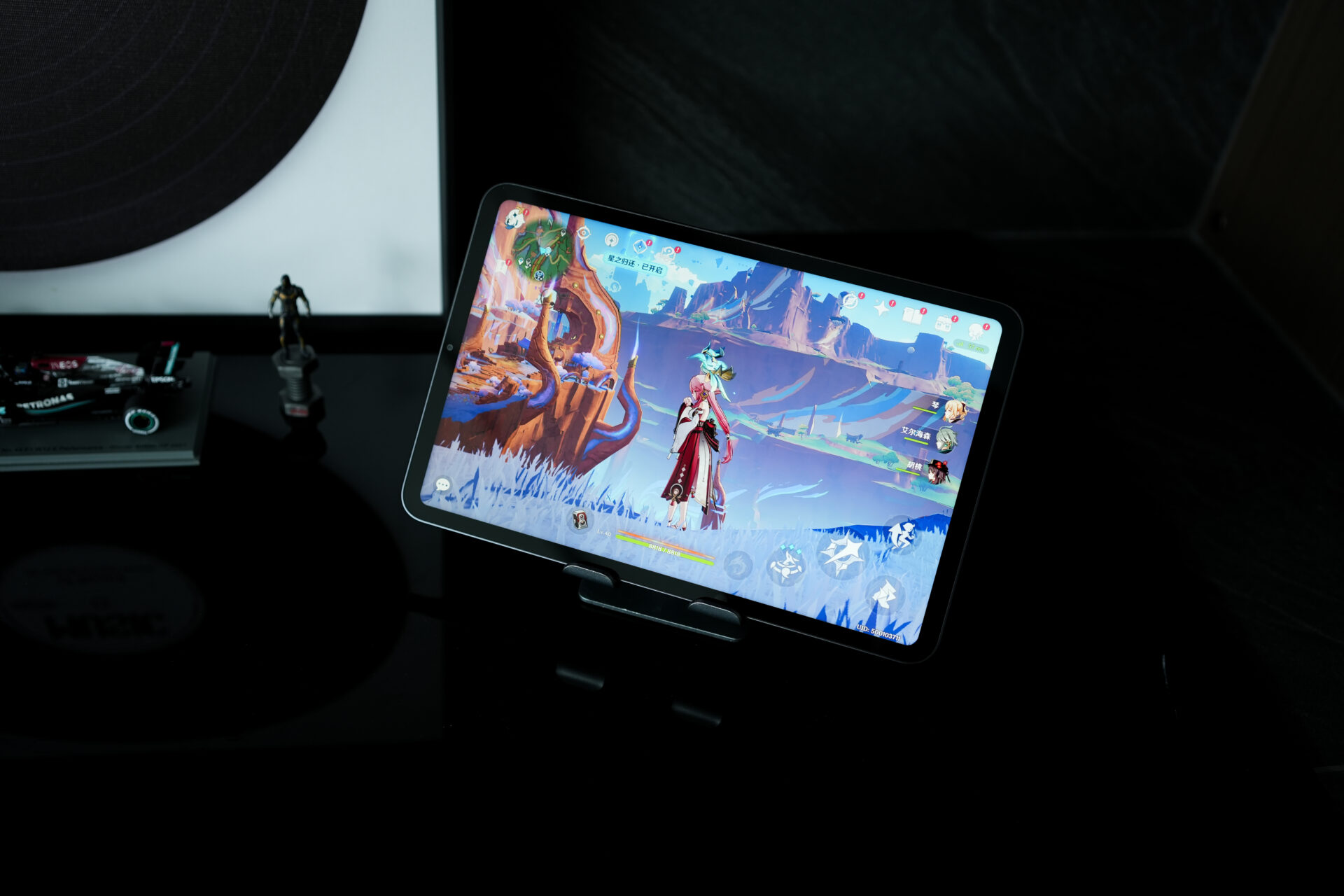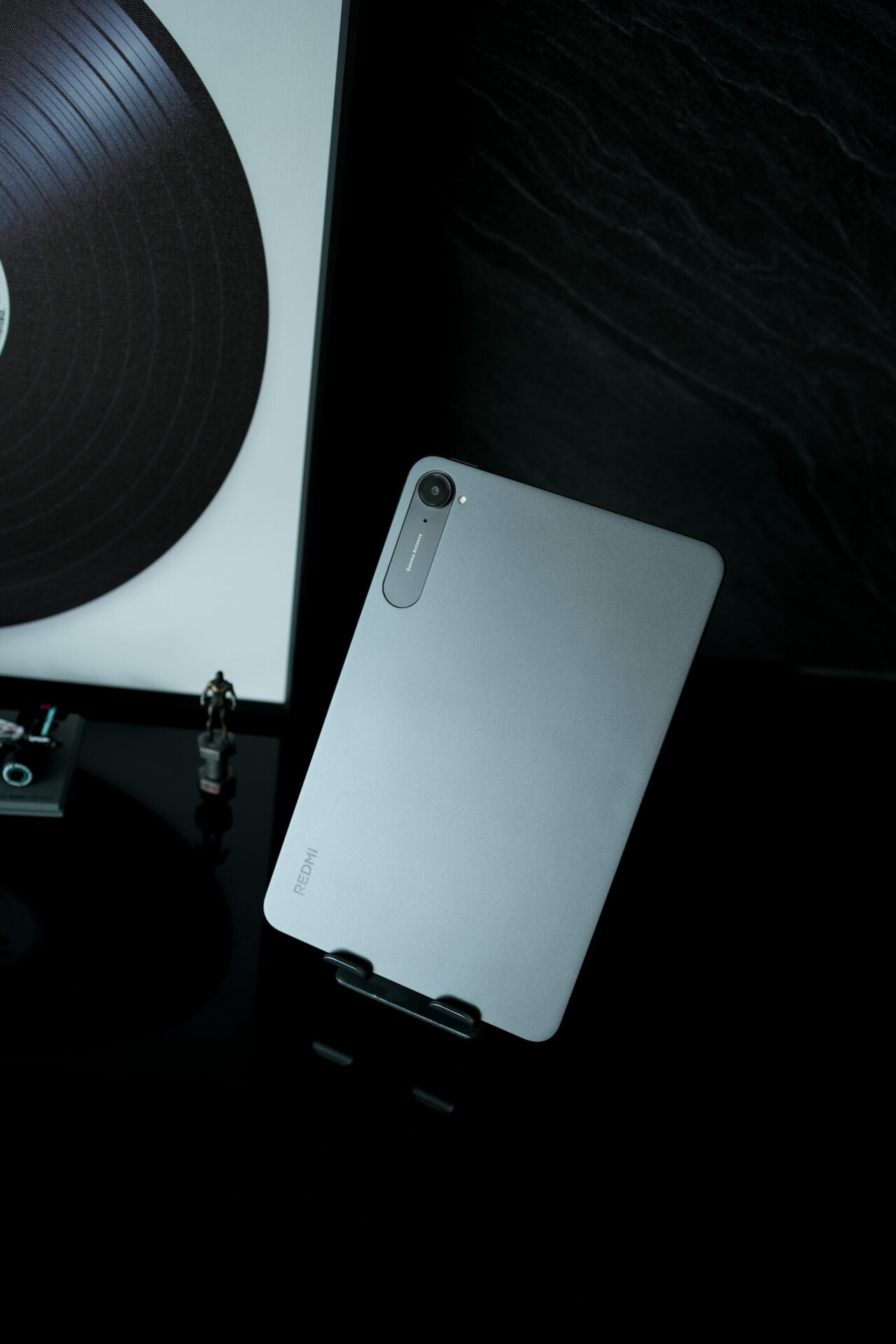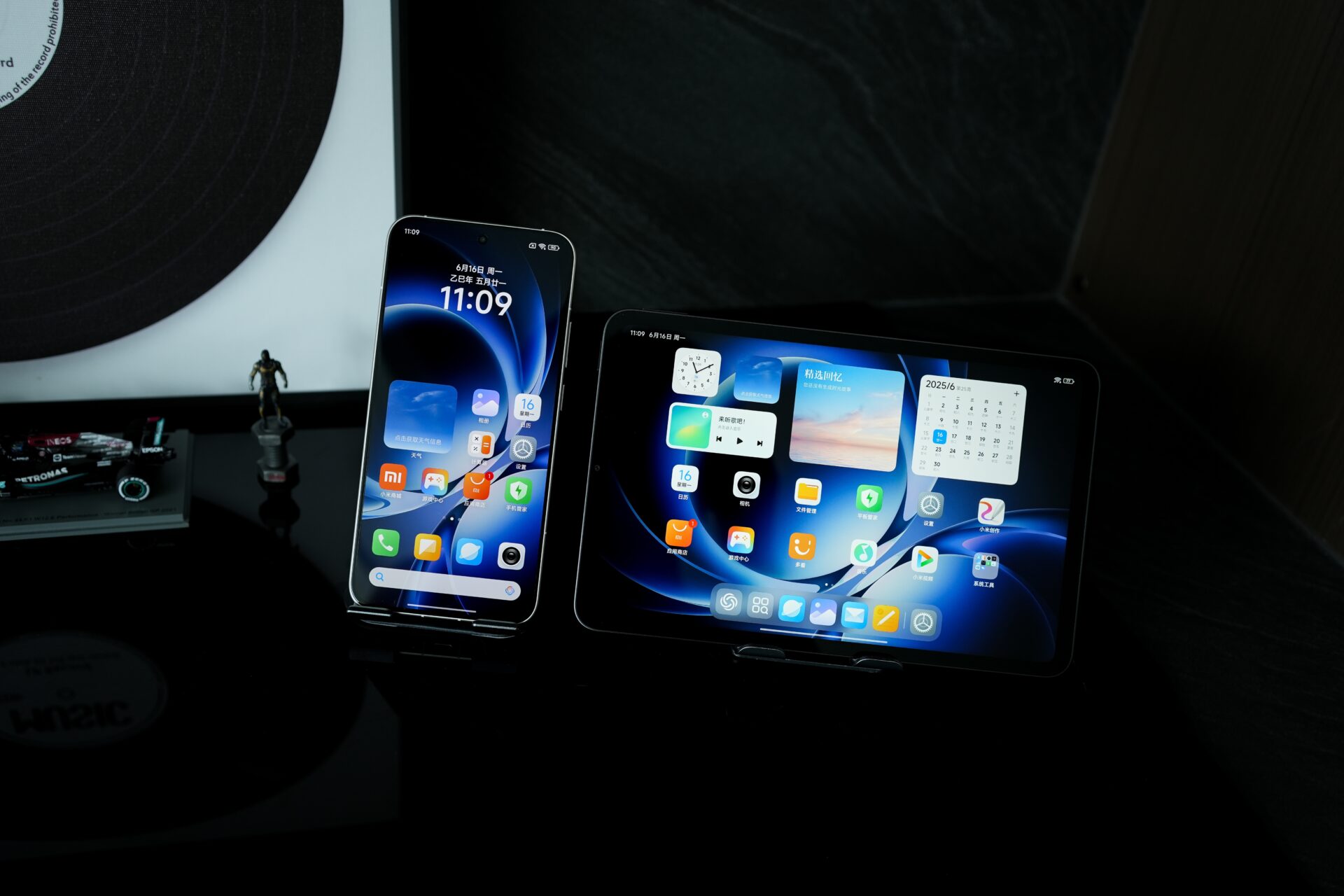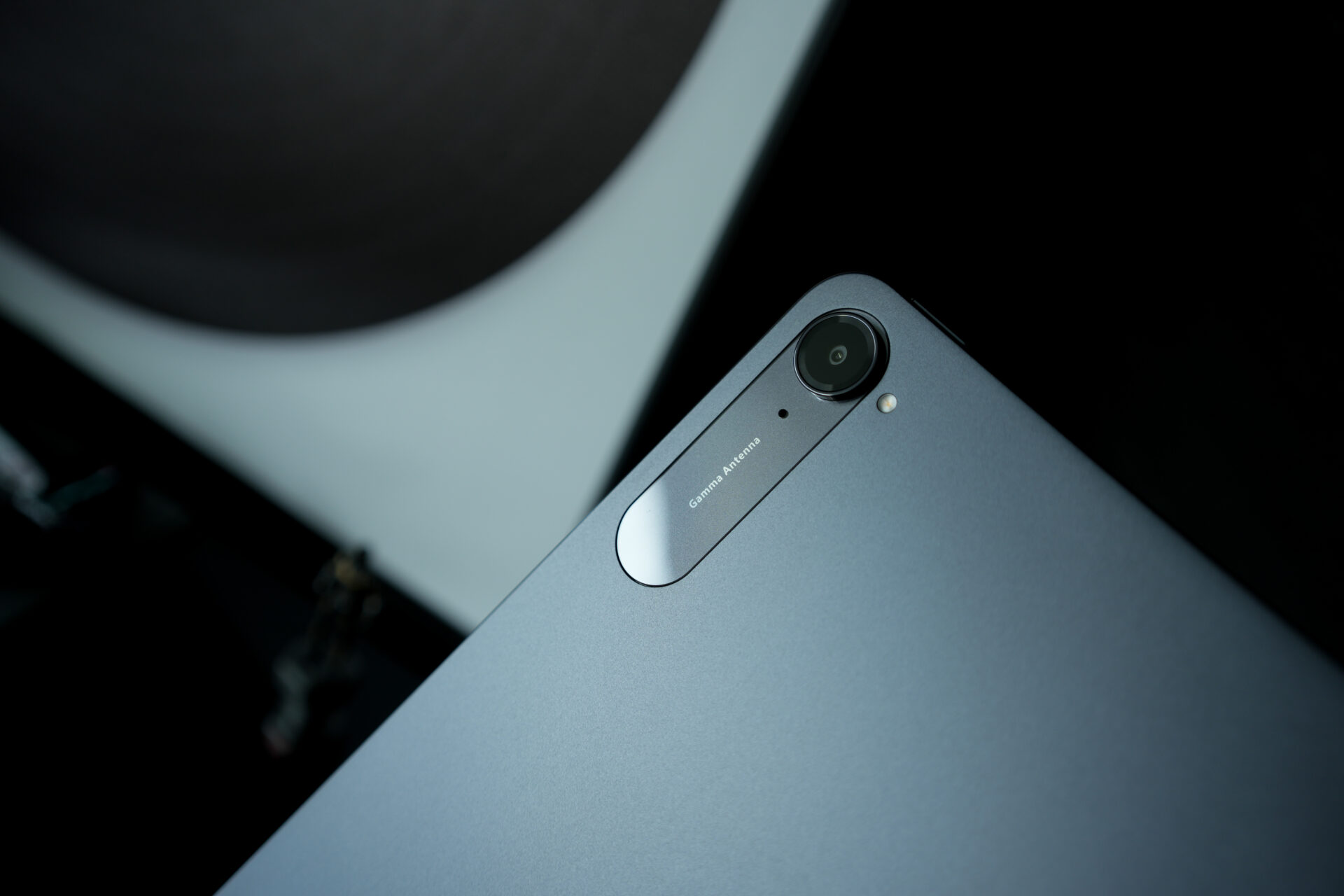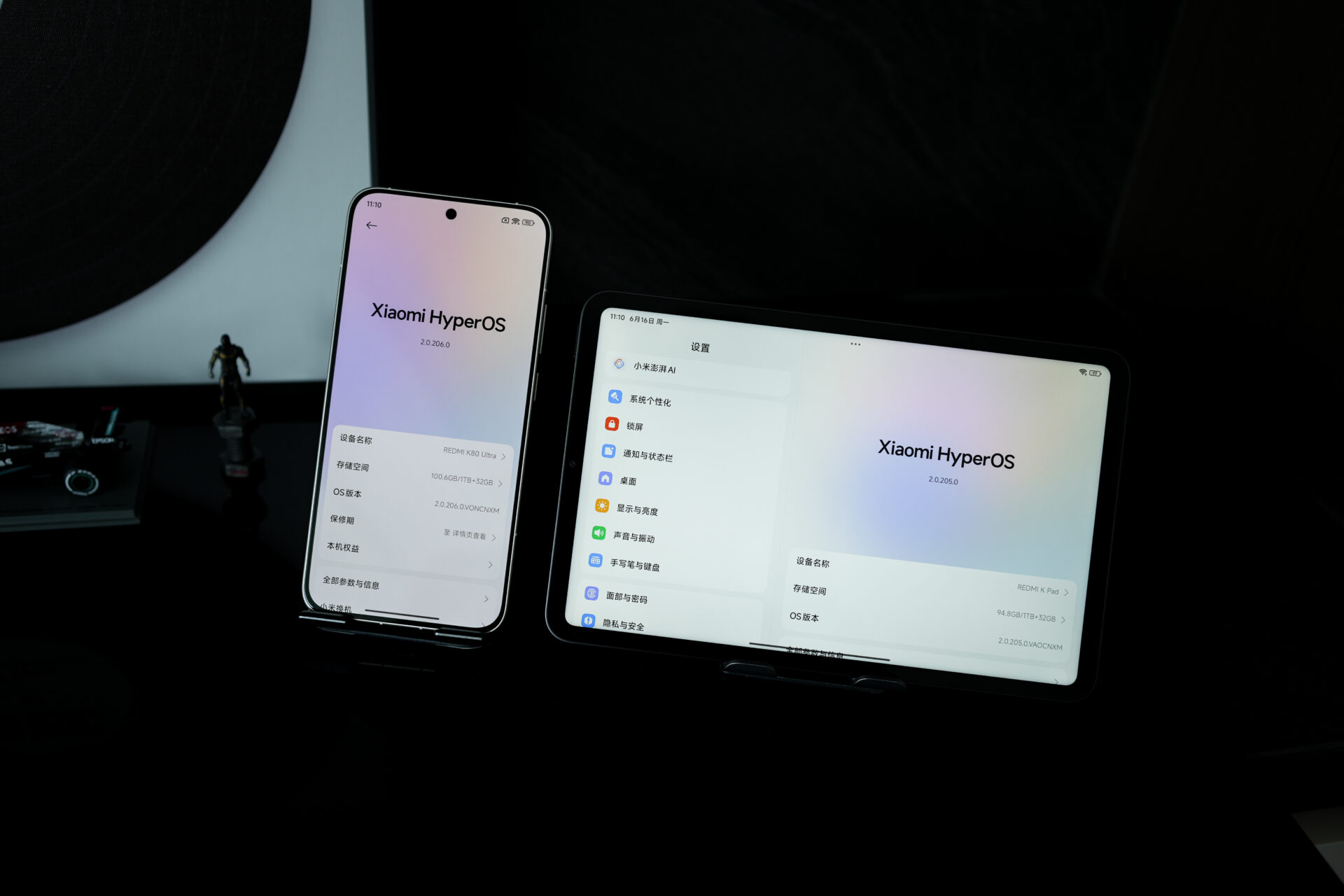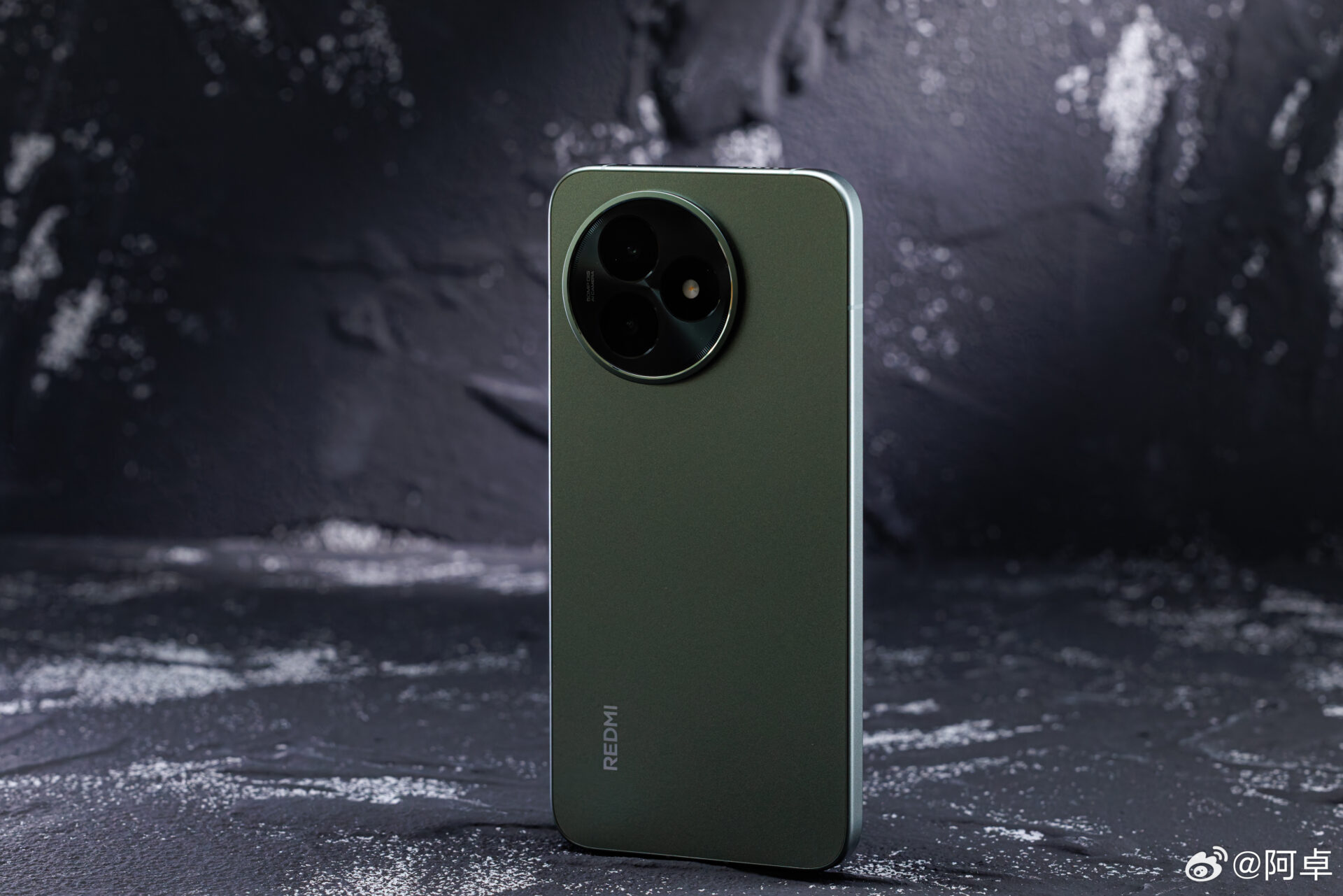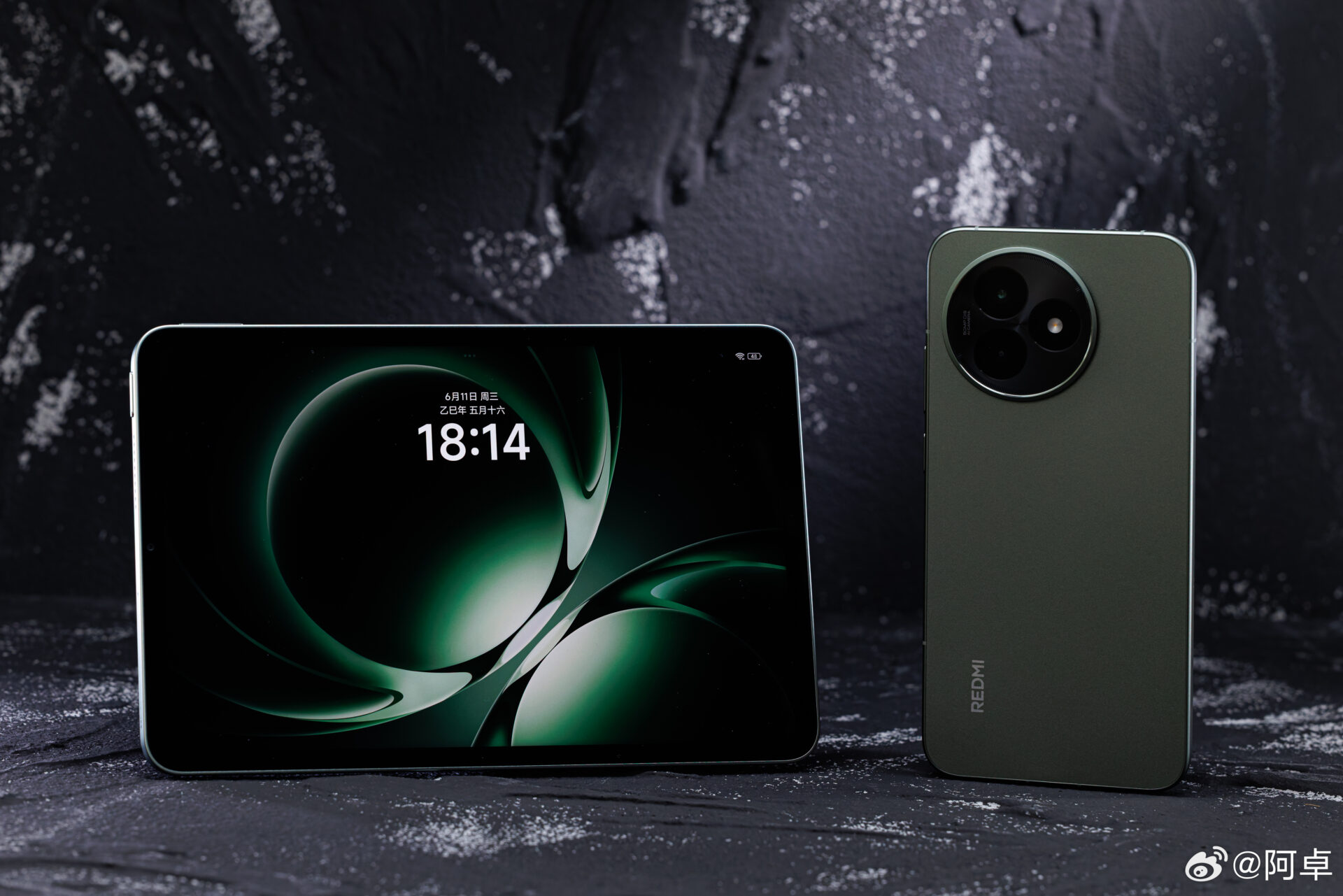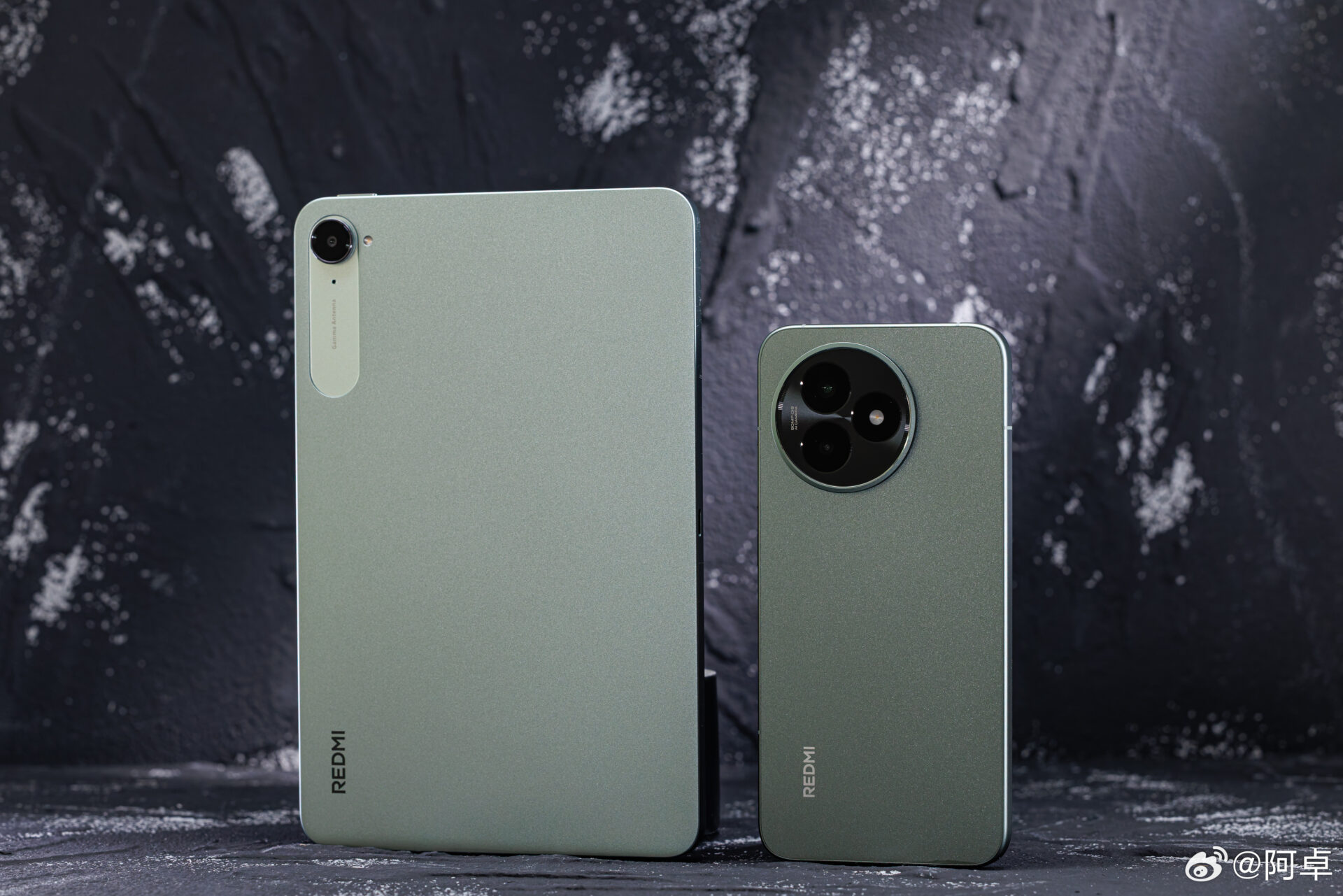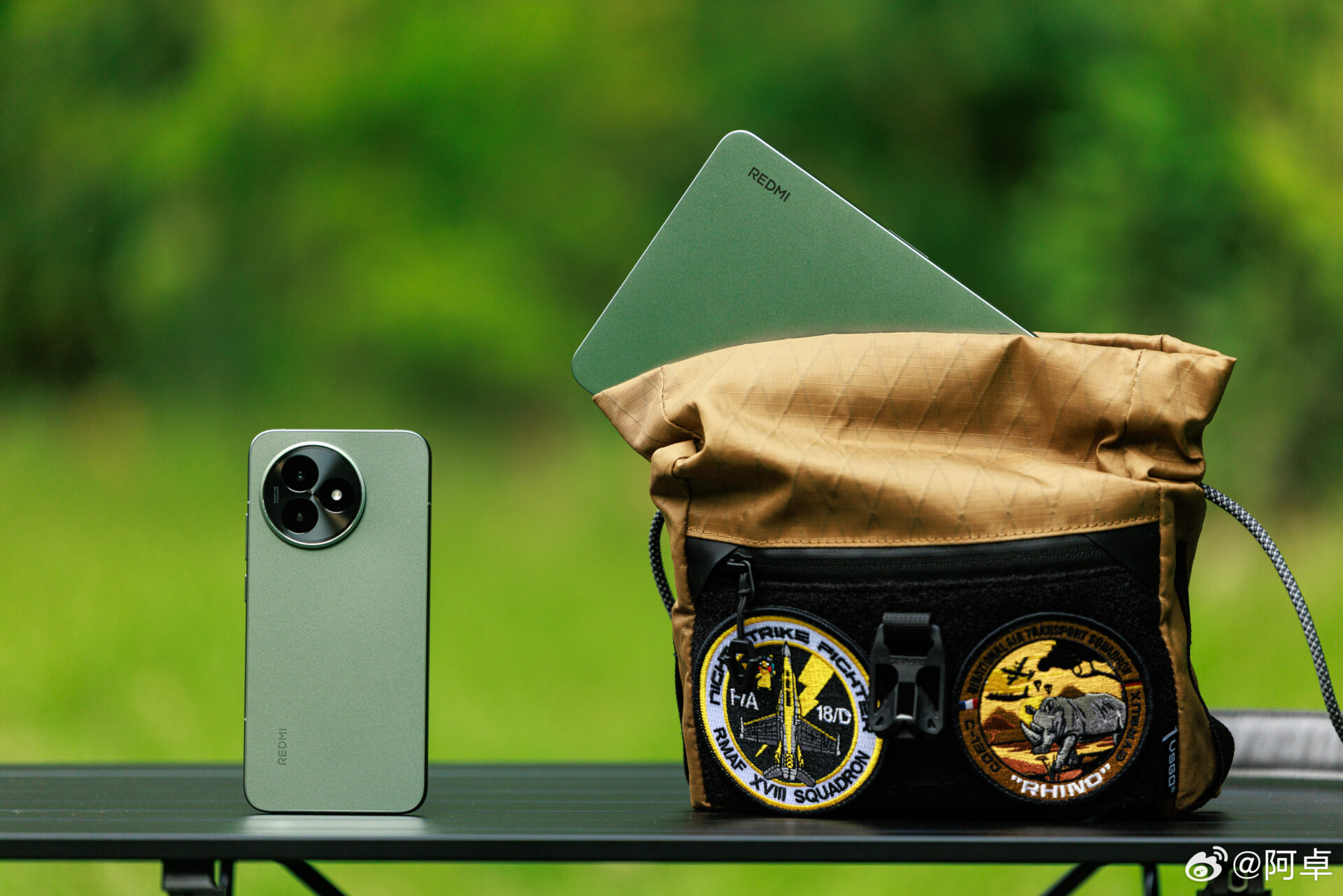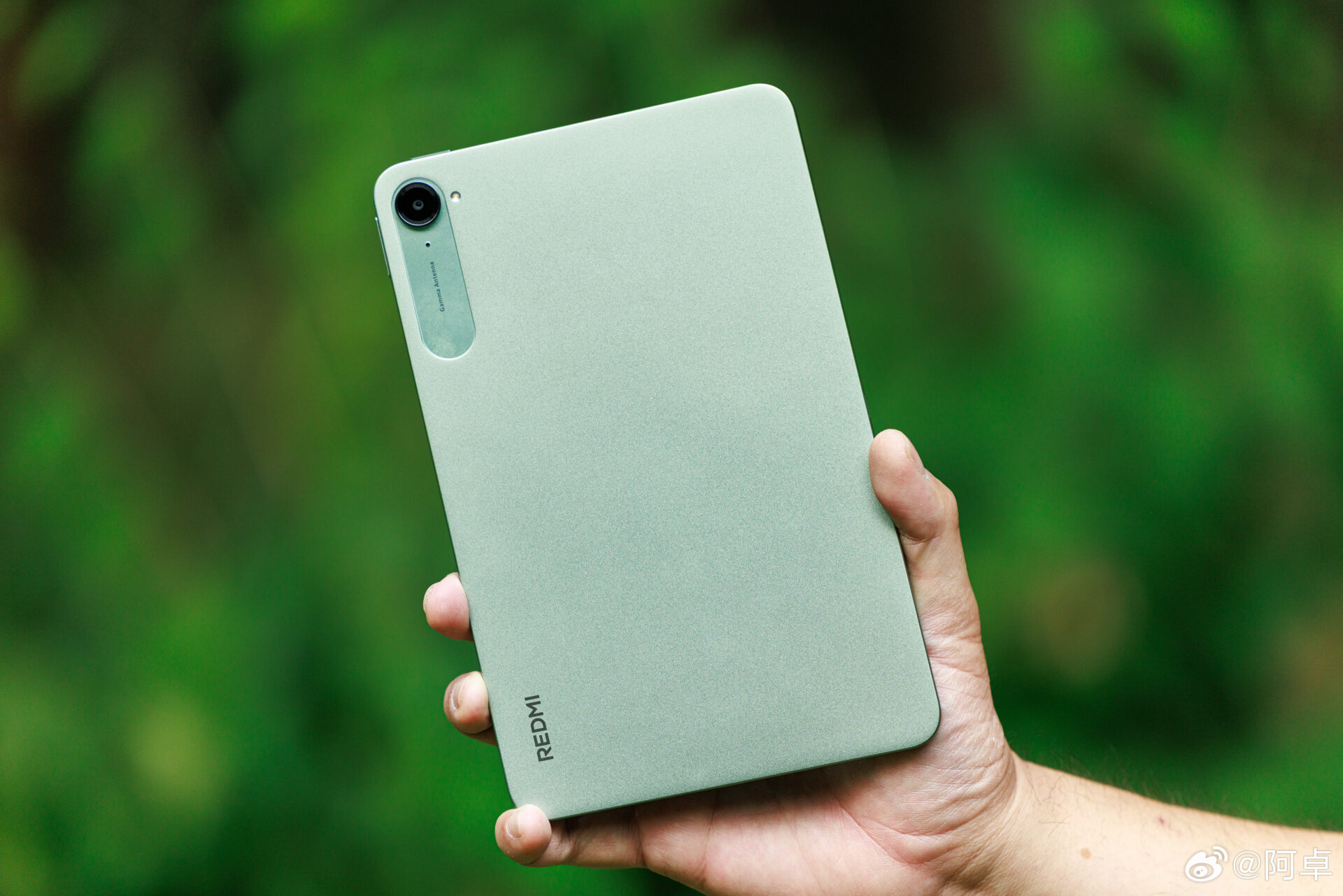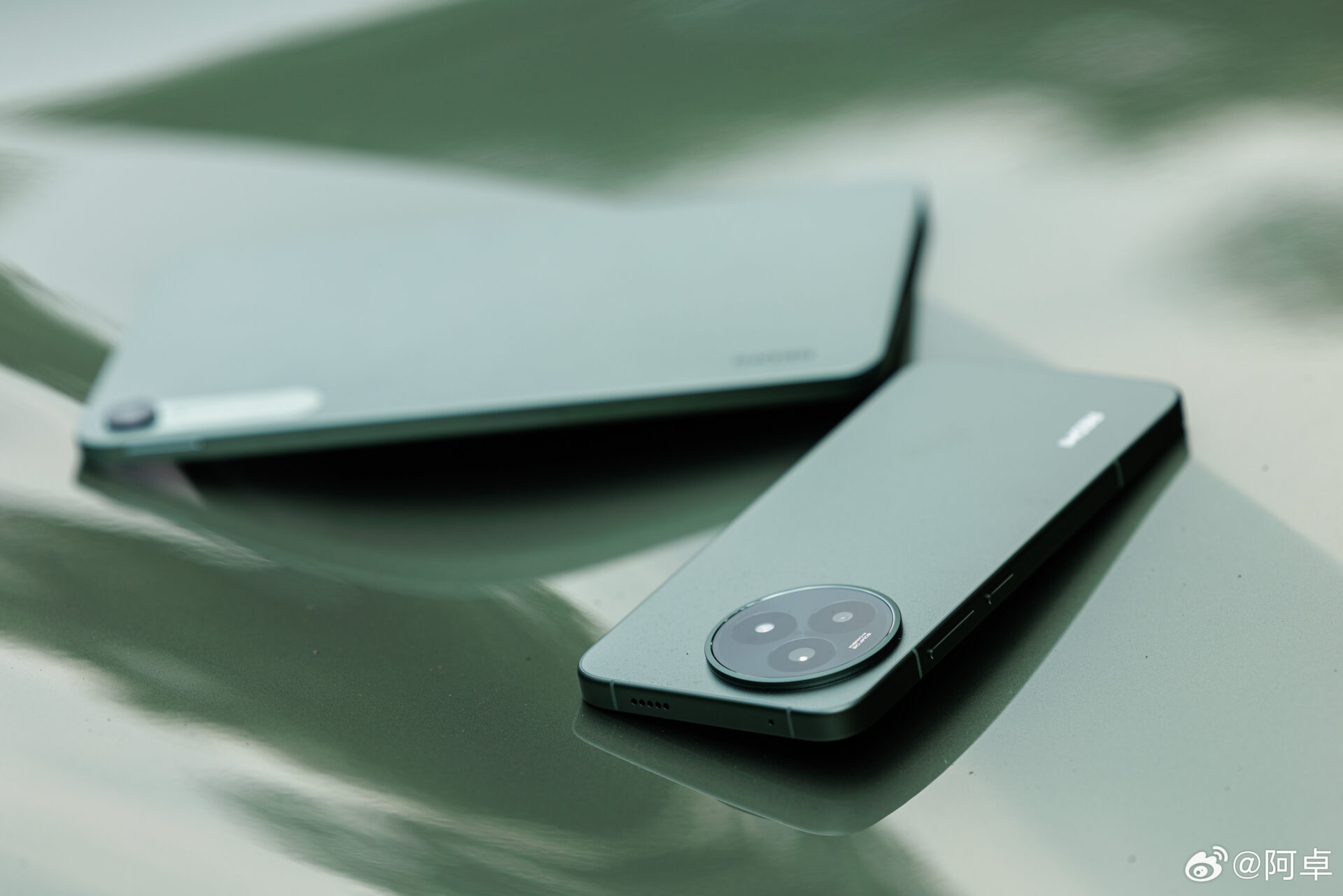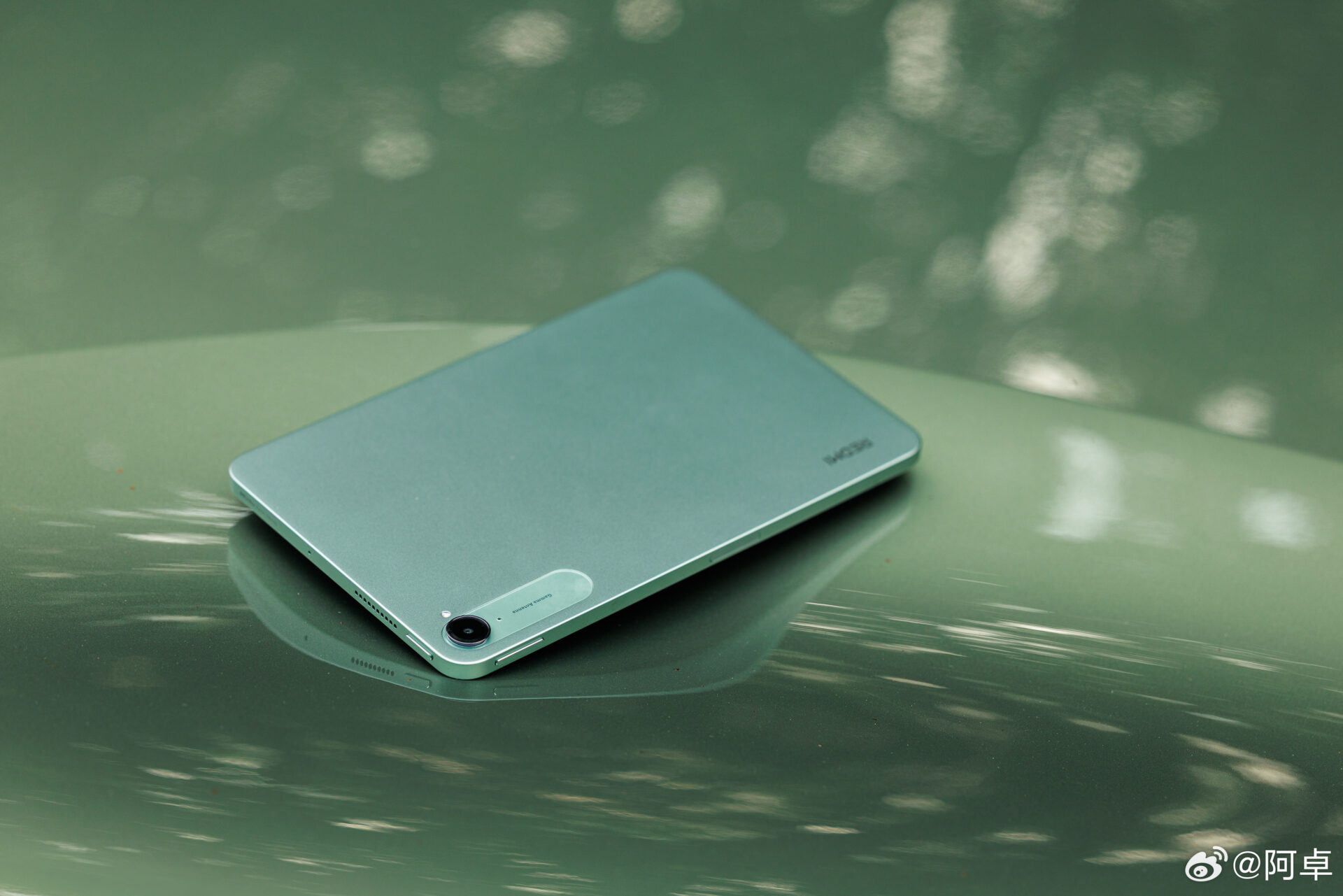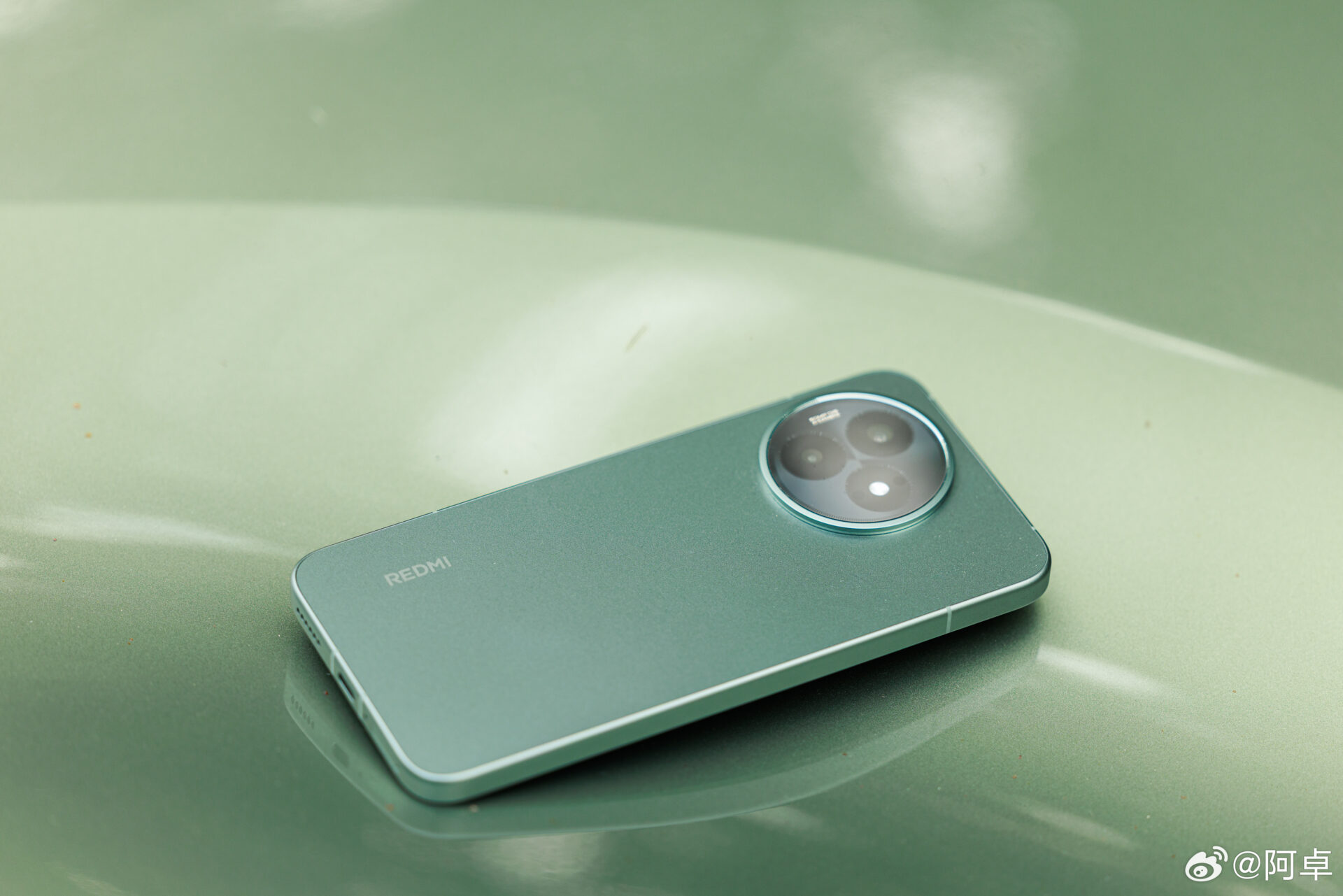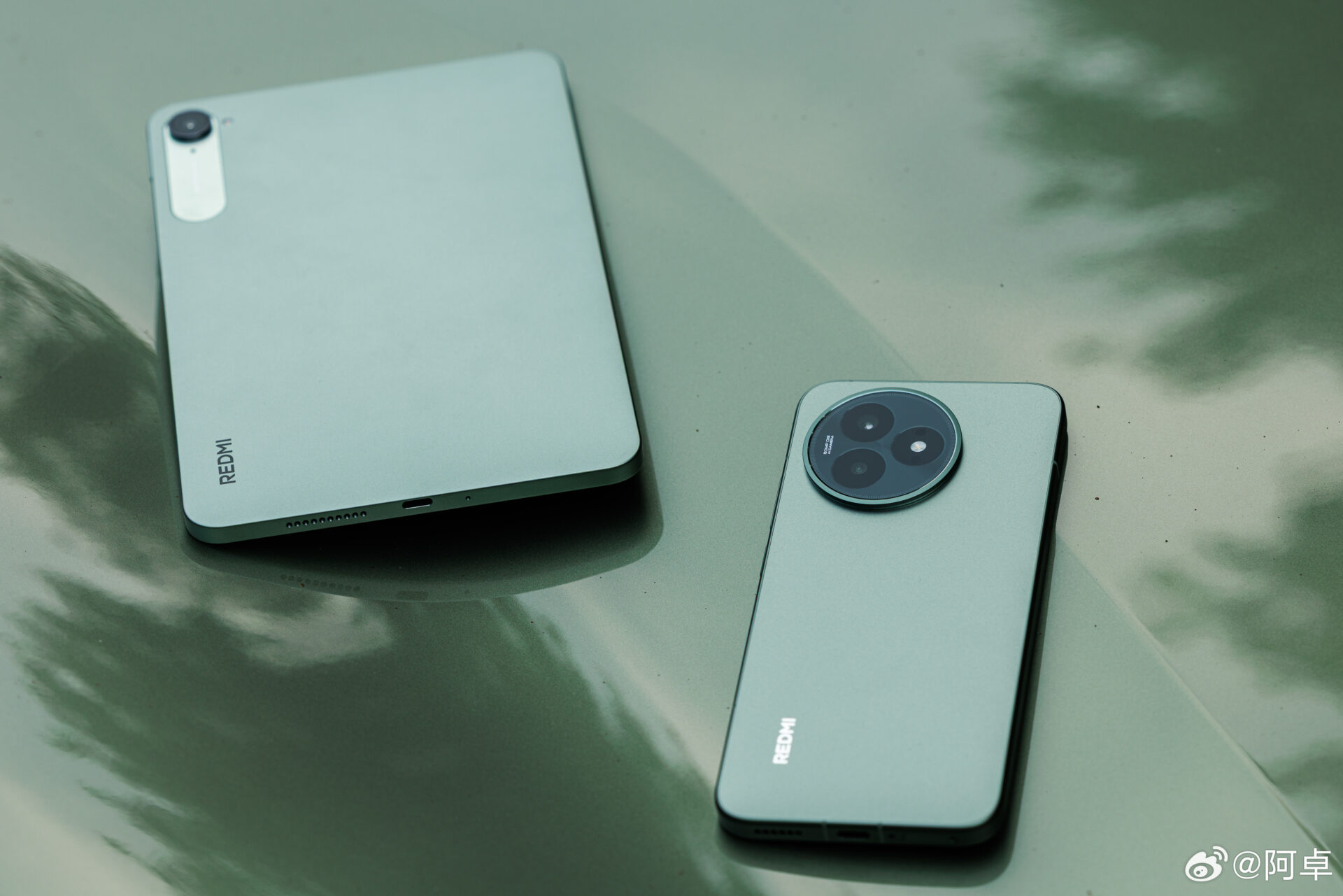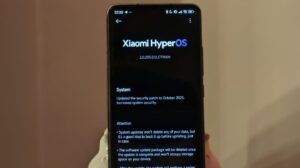REDMI is preparing to enter the premium device market with a bold statement. The upcoming REDMI K80 Ultra smartphone and the brand’s inaugural flagship tablet, the REDMI K Pad, will launch as a coordinated “Double K Demon” package. These products mark a strategic transition for REDMI—moving beyond its reputation for affordable devices into territory dominated by high-end materials and top-tier specifications. For international markets, the K80 Ultra will arrive as the Xiaomi 15T Pro, while the K Pad will debut as the POCO F Pad, ensuring broad market reach and relevance. Both devices highlight REDMI’s renewed commitment to delivering luxury performance and robust user experience.
REDMI K80 Ultra: A New Standard in Premium Design
The K80 Ultra represents a clear shift in REDMI’s approach to hardware. The device features a four-curved, wrapped metal frame—a design element previously reserved for Xiaomi’s elite models. The addition of a fiberglass back panel further enhances durability and visual appeal, positioning this smartphone as a serious contender in the flagship space.
Internally, the K80 Ultra is equipped with MediaTek’s flagship Dimensity 9400+ chipset, reflecting a significant step forward in processing power. Early benchmarking shows AnTuTu scores exceeding 3.24 million, placing the device at the forefront of Android performance. With the integration of the advanced D2 independent graphics chip, mobile gaming and graphic-intensive tasks are handled with ease.
The 6.83-inch, straight-edge display with large R-angle corners offers both comfort and practical usability, reaffirming REDMI’s focus on elevating user experience through thoughtful design.
REDMI K Pad: Flagship Tablet Innovation
REDMI’s first flagship tablet, the K Pad, is designed to compete directly with established players like the iPad mini. It features an 8.8-inch 3K LCD panel from CSOT, a 165Hz refresh rate, and a 16:10 aspect ratio—creating a versatile platform for both productivity and entertainment.
Utilizing the same Dimensity 9400+ chipset as the K80 Ultra, the K Pad delivers consistent, high-end performance across the product line. This hardware parity ensures seamless user experiences, regardless of whether customers choose the smartphone or the tablet. The K Pad is expected to be priced around CNY 4,000 (approximately $557), and REDMI has teased the inclusion of innovative features not previously seen on Android tablets, details of which will be revealed at launch.
Performance, Cooling, and Multimedia Capabilities
The K80 Ultra introduces REDMI’s largest 3D ice cycle cold pump to date, supporting sustained performance during high-intensity usage, such as gaming. Enhanced by Rage Engine 4.0 optimization, the device is engineered to maximize the capabilities of the Dimensity 9400+ platform.
Audio and haptic feedback have also been upgraded, with symmetrical dual speakers and a substantial X-axis linear motor providing an immersive multimedia experience. These enhancements make the K80 Ultra competitive not only among smartphones but also against dedicated gaming devices.
Battery and Charging
Power management is a clear priority for both devices. The K80 Ultra features a substantial 7400mAh battery and supports 100W fast charging, ensuring reliable all-day operation even under heavy use. While the tablet’s battery details have not been disclosed, similar endurance is anticipated to support its positioning as a premium productivity and entertainment device.
Global Strategy and Market Implications
The initial rollout of both products will occur in China, followed by global launches under the Xiaomi 15T Pro and POCO F Pad names respectively. This branding strategy enables Xiaomi to address multiple market segments while maintaining the technological advantages of the core products.
In summary, these launches signify REDMI’s evolution from a value-focused sub-brand to a serious player in the premium device market. The focus on materials, performance, and user experience indicates a new strategic direction for the company. Prospective customers seeking the latest Xiaomi software and system updates can expect full support on both devices.

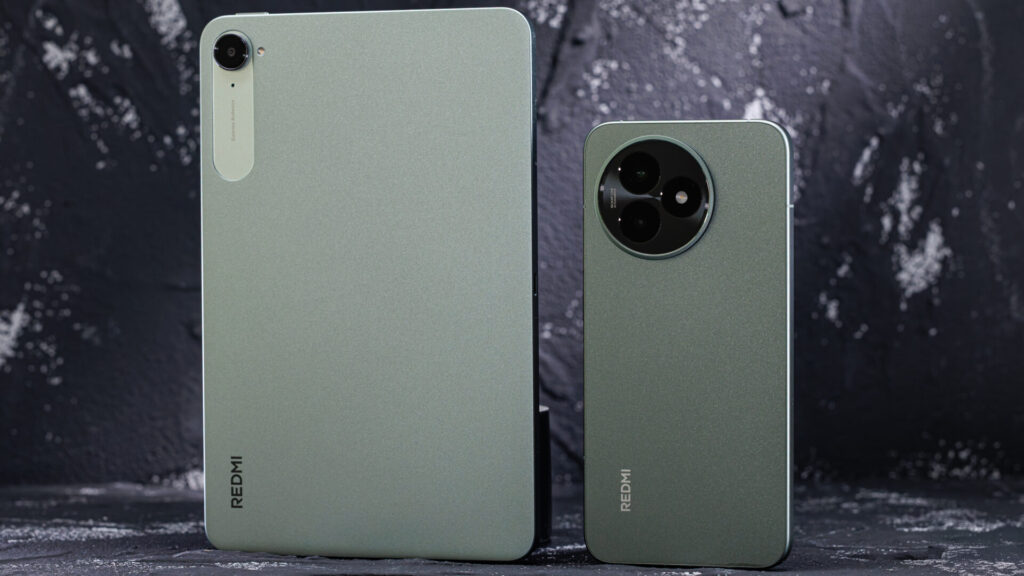
 Emir Bardakçı
Emir Bardakçı